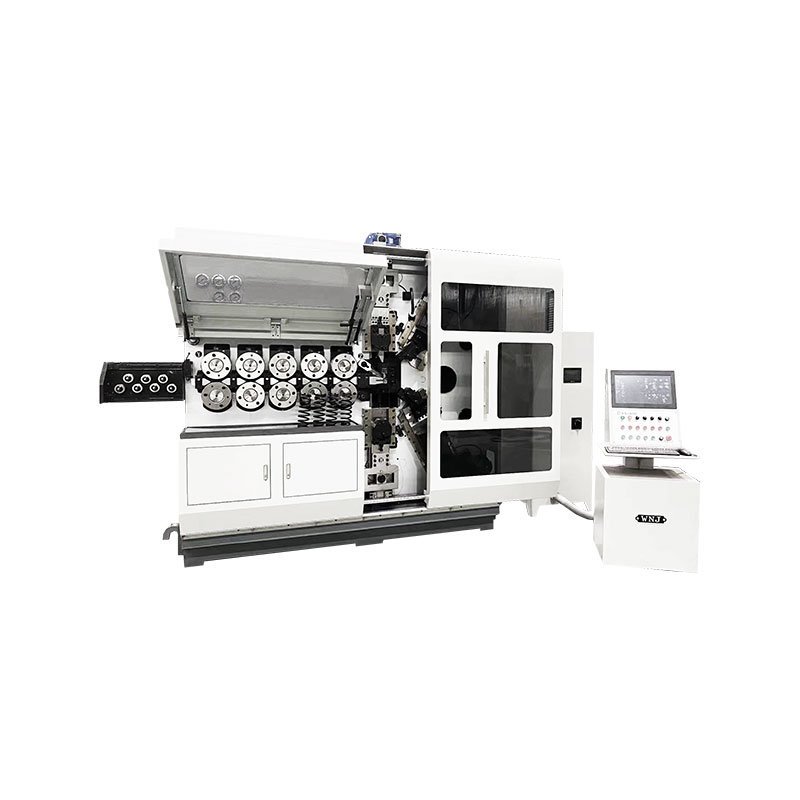To make spring machines more energy-efficient, several effective measures can be implemented. Here are some of them:
Reasonable Selection of Equipment:Model Matching: When purchasing a spring machine, choose the appropriate model based on actual needs to avoid blindly pursuing high-performance equipment. High-performance, high-efficiency equipment often consumes less energy, but excessive performance can lead to resource waste.Energy-Saving Technology: Select equipment with energy-saving features, such as spring machines that use variable frequency technology. Variable frequency technology can adjust the motor's speed and power according to actual load, thus reducing energy consumption.
Improve Work Efficiency:Optimize Production Process: By optimizing the production process, reducing unnecessary steps and waiting time, and increasing production efficiency, the energy consumption per unit product can be reduced.Strengthen Equipment Maintenance: Regular maintenance and upkeep of the spring machine ensure it is in optimal working condition. This not only reduces downtime caused by equipment failure but also improves the machine's work efficiency.
Reduce Idle Time:Plan Production Schedules Rationally: Arrange production schedules based on demand to avoid prolonged idle states of equipment. During idle times, consider shutting down some functions or entering energy-saving mode.Smart Control: Use intelligent control systems to automatically adjust the machine's operating status according to production needs. For example, reducing motor speed or shutting down unnecessary functions when in standby or idle mode.

Optimize Motors and Transmission Systems:High-Efficiency Motors: Choose high-efficiency servo motors as the power source to improve conversion efficiency and reduce energy loss.Optimize Transmission Systems: Design the transmission system to reduce friction and transmission losses, thereby improving overall energy efficiency.Energy-Saving Control Strategies:Integrated Energy-Saving Control: Integrate energy-saving control strategies into the spring machine's control system, such as automatically adjusting the machine's operating status based on production needs to reduce standby time and idle operation.Precise Control: Achieve precise control over various stages of the production process, such as accurately controlling the feed speed and processing depth of materials to reduce unnecessary energy consumption.
Modular Design and Upgrades:Ease of Maintenance: Use a modular design that makes each function module relatively independent, facilitating maintenance and upgrades. During upgrades, focus on optimizing or replacing modules with high energy consumption.Reduce Material Waste: Modular design helps reduce material waste due to mismatched dimensions or performance, thereby lowering production costs and energy consumption.Regular Equipment Inspection and Calibration:Equipment Inspection: Regularly inspect the operating status and performance parameters of the equipment to detect and resolve issues promptly, preventing increased energy consumption due to equipment failure or performance degradation.Sensor Calibration: Calibrate the sensors on the equipment to ensure their accuracy and stability, improving the precision and efficiency of equipment control.
Making spring machines more energy-efficient can be achieved through the rational selection of equipment, improving work efficiency, reducing idle time, optimizing motors and transmission systems, implementing energy-saving control strategies, adopting modular design and upgrades, and conducting regular equipment inspections and calibrations. The comprehensive application of these measures will help enhance the energy efficiency of spring machines, reducing production costs and energy consumption for businesses.